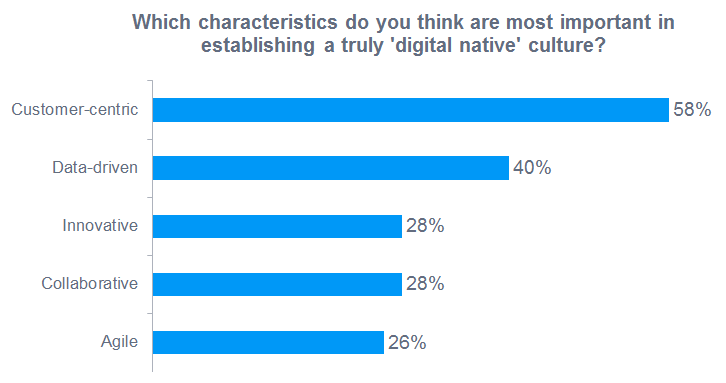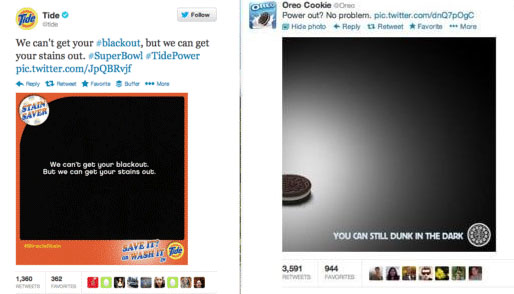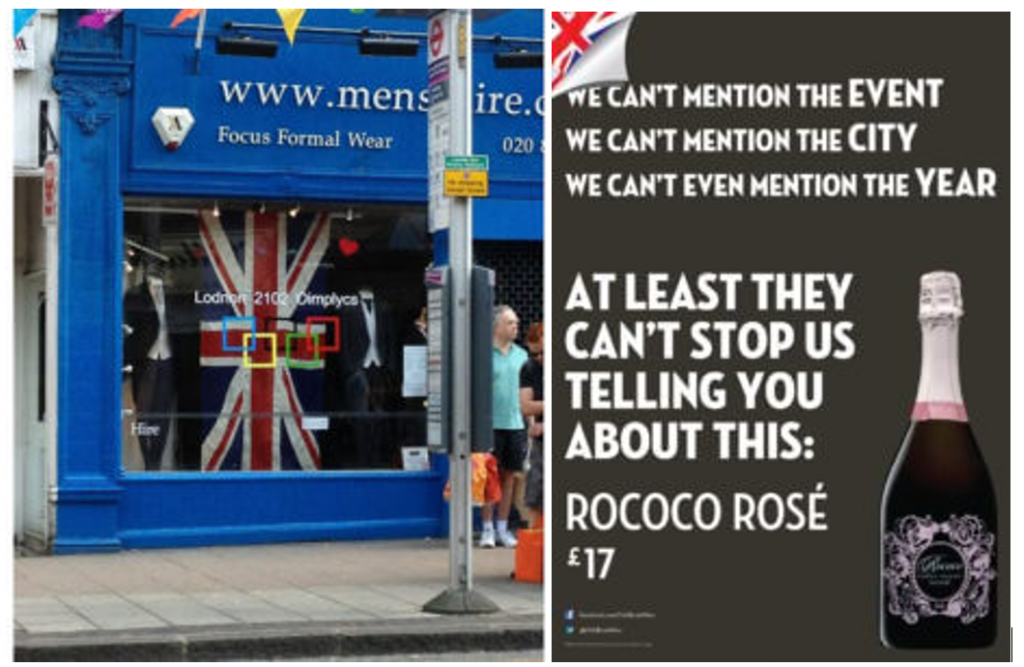Everyone is talking about customer first strategies and why they are important. However, walking the talk is a different matter!
An interesting article on NewMR by Ray Poynter prompted this post. He spoke about the differences between customer focus and customer centricity and the often times confusion between the two terms. That is why I tend to speak about customer first rather than customer centricity these days.

Denyse Drummond-Dunn, President & Chief Catalyst, C3Centricity
Denyse will be speaking at the IRM UK Enterprise Architecture & Business Process Management Conference Europe 21-24 October 2019, London on the subject, ‘The New Process You Need to Make Your Customer-First Strategy a Success‘
In its simplest form a customer first strategy is about thinking customer first in everything you do. Yes I know it sounds easy but it really isn’t. And it doesn’t come naturally, at least to start with. I believe that’s because it involves a culture change to move the organisation in this direction. But I can assure you it’s worth it; its value is now well proven.
If you would like to see some exciting statistics about the value of making your customers the heart of your business, then CMO.com has a great article. It’s called “15 Mind-Blowing Stats About Customer Centricity” and many of the research results reported are still valid today, so it’s definitely worth a read.
What Are Not Customer First Strategies
I have seen a customer first strategy defined as
“a strategy by which businesses create their products, content, and marketing campaigns so that they serve their customers first, and their organization second.”
I don’t agree! If you don’t think about your organisation, then it will likely fail! That said, I am also a little sensitive to the comments of Sir Richard Branson, who says
“Clients do not come first. Employees come first. If you take care of your employees, they will take care of the clients.”
This may be true for an airline, where the client is primarily basing their opinion on the service on board and the “niceness” of the crew. After all, every airline will get you from A to B.
However, for many industries, customers are enjoying (or not!) your product or service without your employees being present. They will remain loyal (or not!) to your brand, based upon their own personal experiences, at least in most cases.
A customer first strategy is therefore not about only thinking about the customer. It is about understanding how best to serve them in such a way as to delight them, while keeping your employees and shareholders happy. This is relatively easy to do because when the business is going well, all stakeholders are happy.
What Customer First Strategies Are
Econsultancy asked what effective leadership in the digital age is. Several key leadership qualities were found, including being ruthlessly customer-centric, data-driven, innovative, collaborative and agile. I am thrilled to see customer centricity coming first by a long margin.

So the leaders have got the message, but what are they doing about it? Not a lot in many cases. And why? From my experience it is because they just don’t know where to start or what to do. (If that’s your situation, try our Customer Centricity Mini C3C Evaluator™ – for free! It will immediately show you your biggest opportunities.)
Executing a customer first strategy doesn’t happen without a clear understanding of what needs to change. This is why I decided to take the four other qualities mentioned and see how they influence the adoption of such a culture within an organisation.
Being Data Driven
We are all aware that when we visit a website, buy something online, or post on social media, we are being tracked. Information is being gathered about us and our actions which can then be used to follow our behaviours, show relevant advertisements or even communicate directly with us.
But automated data gathering doesn’t only happen online. Many organisations store our information when we contact their customer service center, enter a promotion, sign up for a club or gift card, or apply for free samples.
While the GDPR in Europe has increased the security of this data and our permission for companies to use it, data driven marketing is not all bad news.
OK, so I’m not talking about the 2002 Minority Report. I’m not speaking about how the hero is bombarded with advertising messages in the street and in the shopping mall, as the clip below shows.
No. While it is unlikely that we would appreciate such invasive messaging, people rarely complain about the suggestions proposed of further articles to purchase when they visit Amazon and similar online stores. This is because they provide a real service and we therefore happily give our details to these websites.
Data driven marketing and communications will need to carefully balance the support they provide to customers, with respect for their desire for privacy at certain times. The companies that succeed will be those that understand this and connect at the right times. Those that don’t, risk being banned from all future contact.
We are now one year on from the introduction of GDPR and we have seen little change other than being asked to approve the privacy terms of the sites we visit that use cookies. There have been a few companies who are being fined for not sufficiently protecting their customer data from hackers. This is serious stuff. Fines can go up to €20,000,000 or 4% of the total worldwide annual turnover of an organisation. This would mean that Facebook could end up paying $1.6 billion and British Airways £183 million. But in reality I don’t think the fines, at least to start with, will be this high.
An article by Toby McKenna on AdAge spoke of the “Three resolutions for data-driven marketers in 2018.” He said they are:
- Demand fresher data
- Revise your definition of “in-market” consumers
- Shift your approach from myopic to broad-based (and forward thinking)
I applaud the emphasis on the importance of data freshness. We are all irritated by ads presented to us that are no longer relevant once we have made a purchase, aren’t we? I also encourage a forward-thinking, longer-term perspective. Change is happening so fast today that we need to prepare for things before they even happen! Difficult maybe, but essential for businesses to survive. For further ideas on how you can do this, read “How to Prepare Business for Anything. Five Actions You Can Take Now.”
But good as the above list is, it needs a fourth resolution in my opinion; that of using the collected data for the benefit of the customer. As the data comes from them, I believe all organisations have a duty to use it to return our customers’ trust in us when they shared it. Do you agree? Let me know in the comments below.
Being Innovative
We all get bored with novelty more quickly these days. What excites us one day, is normal the next and “passé” after that! Innovation is the life-blood of every successful business. Not renovation, innovation. If you don’t know the difference, then you should read “How to Innovate Successfully (What You’re Still Getting Wrong!).”
The post includes the ten reasons your innovations are failing:
- The process
- Meeting company quotas
- Lack of customer understanding
- Lack of category understanding
- Not living up to your promises
- Not being sufficiently differentiated
- Being too different
- Pricing yourself out of the market
- Inappropriate distribution
- Being too far ahead of the customer:
If you think that any of these reasons applies to your own organisation, then you must read this post. It contains answers to solve each of the issues. Invaluable!
Being Collaborative
Despite moves to flat organisational structures, open-offices and social areas in work today, silos seem to be as strong as ever! And yet silos cost businesses a fortune in wasted effort and investments. Suppliers are unlikely to tell you when you have already bought a report. I found this was the case for one of my clients, that had bought the same report an amazing 26 times! They wasted millions just because their organisation was siloed.
Departments hold onto information they have gathered like treasure and consider it to be for their personal advantage only. This results in multiple projects being run on the same topic, sometimes even in parallel! I found three similar projects being run by an FMCG client, that the department that hired me was unaware of. By working collaboratively, they were able to have more resources, both in terms of budget and personnel! You can imagine what that did to the completion of all the projects. They were finished in record time and well under budget! One more happy customer!
If you’re not sure your information resources are being used effectively and efficiently, then we should talk.
Collaboration is the only way to decrease this waste and hopefully marketing automation and open data storage will help resolve at least a large part of it. However, I have found in working with clients that it is the culture change that makes the biggest impact. After all, what is an employee’s benefit in working with and helping other departments? The executive board must encourage collaboration and be seen to walk their talk, for the whole company to follow.
Have you ever heard the phrase “it’s not in my objectives” when asking for support? If so, then why not suggest that collaboration be included in everyone’s objectives? Change will happen – fast!
Being Agile
Following on from the need for innovation, today’s businesses must be agile and flexible. With technology changing the way we live our lives, companies must be both ready for change and prepared to benefit when there is something relevant happening.
Some of the best examples of agile marketing: Being agile can take many forms. The examples below show that it can be online, offline, or outdoor. Brands that are agile are where their customers are; that’s what matters.
Tweets when the lights went out at the SuperBowl in 2013:

Unofficial ads during the 2012 London Olympics:

The ongoing struggles between major brands:
Audi vs BMW

Coke vs Pepsi
(Thanks to CAVE House for this great video collection) Of course, these examples could only be developed because the brand owners were ready to take advantage of what was happening in their customers’ lives. They therefore had to know them deeply in order for their communications to be relevant and resonate with them.
Reasons Most Companies Fail Their Customer First Strategy Adoption
In conclusion, I would like to give some of the many reasons why companies fail to adopt a customer first strategy. Last year I wrote a highly popular post explaining why many companies don’t succeed, called “7 Reasons Most Companies Fail to Adopt a Customer-First Strategy.” The post also appeared on CustomerThink and received many comments that are definitely worth reviewing too.
That is why I am not going to go into detail here, but just summarise the 7 reasons I gave:
- The CEO has stated it as a company objective but has not detailed what and how the organisation will change
- The organisation has not fully embraced the strategy
- The project is treated just like any other
- The initiative does not have a visible leader
- No-one understands how to move the initiative forward.
- Everyone in the organisation is not clear about their role in satisfying and delighting the customer.
- They think it costs too much
Which of these is (are) the main reason(s) for your slow move to a customer-first strategy adoption? Is it something different? Let me know in the comments; I’m sure every reader would love to exchange their own experiences with you.
If you would like to know which area of a customer first strategy offers you the most opportunities for improvement, why not complete our mini C3C Evaluator™ tool? It’s FREE! And in just 12 questions you will get a clear indication of what to prioritise. Then let’s talk.
Denyse helps companies grow faster & more profitably through deeper customer knowledge & understanding. After a career of 30+ years in senior global executive roles with Nestlé, Gillette & Philip Morris, she now shares the corporate secrets she has learned, with companies open to doing business differently. She’s a new-age marketer, combining creativity with technical expertise and cultural sensitivity. Her book “Winning Customer Centricity” is called a “must-read for today’s and tomorrow’s marketeers” by former Unilever CEO Paul Polman. Denyse blogs on C3Centricity and many other sites, where she was voted top global blogger on Leadership & Innovation. Follow Denyse: @Denysech
Copyright Denyse Drummond-Dunn, President & Chief Catalyst, C3Centricity


